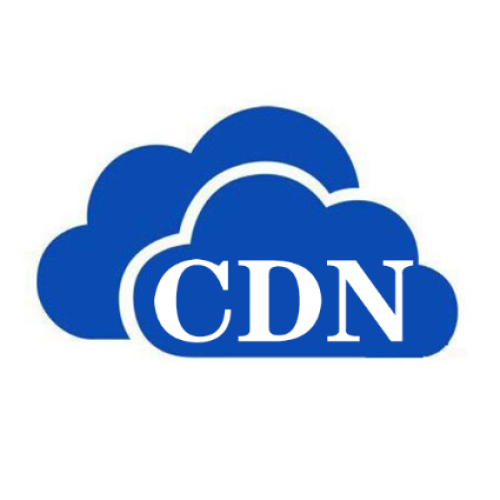- Support multi-page resource acceleration: It can automatically replace CDN addresses for image and video resources on core pages such as the home page, product list page, product detail page, search page, brand page, shopping cart page, article category page, and article page.
- Covering multiple types of data scenarios: It can provide CDN acceleration support for product descriptions, detailed article content, as well as static data such as pictures and videos associated with products.
The loading speed of a website is primarily constrained by the efficiency of obtaining static resources such as images and videos. When the website traffic is high, if all users\' resource requests directly point to the source server to pull static files, it will lead to two major problems:
- Server pressure surges: A large number of concurrent requests consume server computing power, which may cause response delays, stuttering, or even crashes.
- Bandwidth resource congestion: Centralized requests consume the bandwidth of the source station, further slowing down the resource loading speed, ultimately leading to excessively long waiting times for users and extremely poor access experience.
The core value of CDN (Content Delivery Network) lies in "traffic diversion and pressure reduction, as well as nearby access"
- Diversion requests: When users visit a website, the source server only needs to output core business data (such as product information, page structure), while requests for static resources (images, videos) are automatically directed to the CDN server.
- Reduced burden: The source server does not need to handle a large number of static resource requests, significantly reducing the pressure on computing power and bandwidth, resulting in a faster response speed and a higher capacity for concurrent processing.
- Nearby loading: CDN nodes are spread all over the place. Users will pull static resources from the nearest node, avoiding the delay of cross-regional network transmission and significantly improving the efficiency of resource loading.
The plugin speeds up the site by replacing the original image/video loading address of the site with the CDN acceleration domain name you have set. The initial configuration needs to be completed by following these steps:
- To resolve the accelerated domain name: First, at the domain name service provider, provide the accelerated domain name you have prepared (such ascdn.xxx.comParse to the target CDN server;
- Configure the source address: Log in to the CDN service provider platform (such as Cloudflare, Qiniu Cloud CDN, etc.), set the "source address" to your website\'s source address, and ensure that the CDN can synchronize static resources from the source.
- Fill in the plugin configuration: Enter the plugin backend, and fill in the acceleration domain name that has been resolved and returned to the source configuration to the corresponding configuration item to enable acceleration




